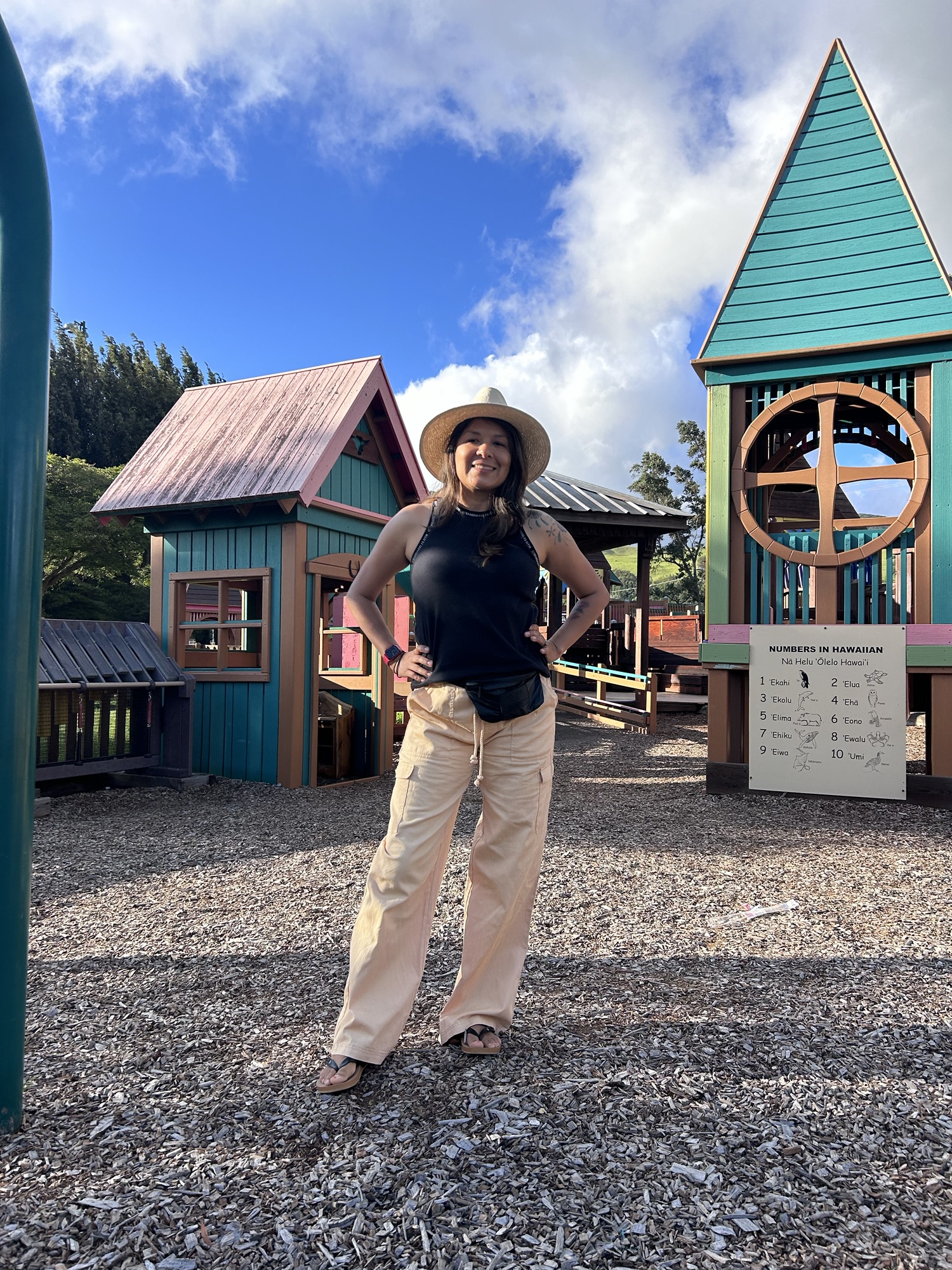Obesity is a growing concern in many communities, and the Latino population is no exception. Rates of diabetes and obesity have risen dramatically over the last 30 years. What is causing this rise in metabolic disease?
Cultural Dietary Practices are Changing
Food is a central part of Latino culture, often bringing families and communities together. Traditional Latino diets are rich in flavor, but when consumed in excess and without healthy sides as part of a balanced meal, meals can be high in calories, carbohydrates, and sugars. Foods like tamales, empanadas, arepas, and churros, while delicious, can be calorie-dense if they are consumed alone, and not as part of a balanced meal that includes whole natural vegetables with nutrients and fiber.
Lack of Local Organic Foods
In many Latino households, food is a way of expressing love and care. Parents and grandparents encourage children to eat more, equating food with health and happiness. However, this can lead to overeating. Furthermore, food today are not as nutritious as it used to be in the past. Our grandparents ate meat that was locally sourced from nearby farms and they had natural spices, fresh legumes, organic fruits and vegetables at their disposal for everyday fresh and healthy cooking. Our meat comes from overseas factory farms that pump animals with hormones and antibiotics.
Economic Challenges
Food deserts—areas with limited access to affordable, healthy food options—are more common in low-income Latino neighborhoods. Many Latino families have low income which limits their access to healthy foods. Fresh fruits and vegetables can be expensive, leading families to opt for cheaper, calorie-dense alternatives like ultra-processed foods. We are eating less whole natural foods and consuming cheaper more convenient calorie dense processed foods because of price, availability, or simply from not knowing any better.
The Rise of Ultra-Processed Foods (UPFs) in Our Diet
With the rapid growth of ultra-processed foods (UPFs) such as chips, high sugary drinks, and refined breads our diet is becoming less healthy. About 60% of the American diet consists of UPFs. UPFs are foods that have been deconstructed from their natural form into highly palatable, less perishable food items that are usually made with high amounts of refined sugar, salt, preserving chemicals and unhealthy fats lacking any nutritional value. Latin Americans are becoming increasingly more Westernized in their food preferences. Unfortunately, the health consequences of this cultural shift are overwhelmingly harmful and are a major cause or the rapid rise of chronic metabolic conditions like diabetes and obesity.
Minorities are Heavily Targeted by the Fast Food and Sugary Beverage Industries
Socioeconomic factors and the media have also played a role in this shift. Fast food and sugary beverages are heavily marketed in Latino communities. The appeal of convenience and taste, combined with targeted advertising, leads to unhealthy eating habits.
Less Exercise and Nutrition Education
Physical activity is another critical factor. Many Latino communities have limited access to safe, recreational spaces. Parks and playgrounds may be few and far between, and concerns about neighborhood safety can deter outdoor activities. Additionally, long work hours and multiple jobs can leave little time for exercise. Misinformation about nutrition and healthy living is widespread. Many Latinos are uninsured or underinsured, which can prevent them from seeking medical advice or treatment for obesity-related conditions. Therefore, access to healthcare is a substantial barrier. Preventative care, which includes dietary and lifestyle counseling, is often inaccessible due to cost or lack of availability.
What Can We Do Moving Forward?
Education plays a significant role in health. There is often a lack of awareness about the importance of a balanced diet and regular exercise. High sugary sodas have become a permanent staple of Latino gatherings. Who hasn’t attended a carne asada that didn’t have a wide selection of sugary sodas to choose from?
While policy levels changes are urgently needed to increase access to healthy foods, safe recreational spaces, and healthcare services, we have to start caring more about what we consume and having discussions about this in our communities. We can start working towards going back to our cultural values and traditions using cleaner and more natural whole foods as part of our traditional meals so they are healthy and nutritious.
Our foods are not innately unhealthy. However, our way of eating has become less healthy by the introduction of sweetened sugary beverages and calorically dense processed foods that are high in sodium, sugar, unhealthy fats, and low in fiber and protein. By understanding and addressing these factors, we can work towards a healthier future for the Latino community, where cultural heritage and healthy living go hand in hand.

